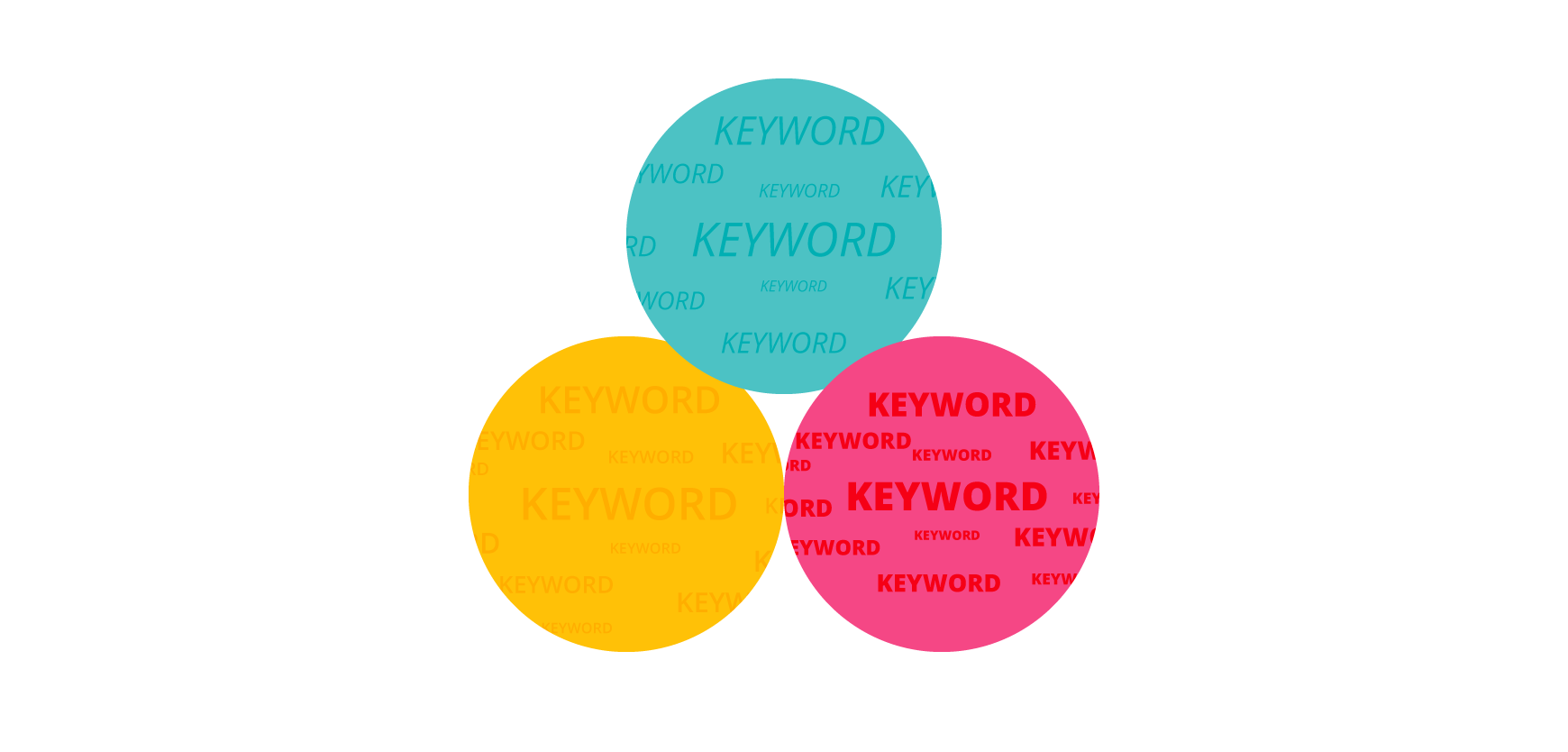This is a subsidized submission written by way of SE Ranking. The critiques expressed in this newsletter are the sponsor’s personal.
Keyword grouping has been around since the early days of search engine marketing.
All search engine marketing pros remember the days after they used the correct old Excel sheets to organize applicable key phrases into clusters.
These agencies supply your site with a better-labeled look and help search engine optimization specialists optimize the website for great performance.
So, What Exactly Is Keyword Grouping?
Basically, keyword grouping (or keyword clustering) is a listing of semantically associated key phrases that, once compiled, are disbursed during pages to facilitate force-paid or organic traffic.
For instance, you’ve got two comparable search queries – “sushi transport” and “order sushi online”. Will you operate them on the identical or extraordinary messengers of the site?
To answer this question, you will want to analyze the competition and discern whether the pages that rank for the key phrases are identical or similar.
This project takes hours, if no longer days, to finish manually (again, tipping the hat to Excel documents). And even then, there’s a big danger that the grouping is not completed efficaciously.
Why Bother, You Might Ask?
There are some proper reasons to actively use the keyword grouping technique.

Google is wise, so powerful grouping helps your website seem more applicable to the quest engine.
You can keep money if you are jogging PPC campaigns to gather paid traffic, as compact ad companies can improve CTR and get better Quality Scores.
Keyword grouping helps beautify copywriting efforts and the pleasant content you publish on your website to draw visitors and robots.
Keyword grouping facilitates avoiding keyword cannibalization, correctly shaping the website, and setting the keywords you use for your search engine optimization efforts.
By automating keyword grouping, you may store time – exceedingly! What takes hours or even days can be carried out in minutes.
Keyword Grouping Principles
Like any search engine optimization approach, keyword grouping is a series of steps that must be followed to make high-quality effects feasible.
1. Do Keyword Research
Keyword grouping typically begins with amassing a huge database of related key phrases for a positive area of interest that still includes long-tail keywords. Remember the equal “order sushi online” we used above. Take this phrase and run it through the Keyword studies device.
Use analytics or some other resource with a list of loads of long-tail variations that you want to work on if you want to decide how to optimize your content for the nice risk of getting to the TOP.
2. Create High-Level Keyword Groups
These corporations have to be created around your essential products or services.
If you’re making and promoting Japanese meals, your high-degree corporations will be primarily based on queries like “order ramen online”, “sushi delivery,” and “eastern food transport.”
3. Make Sub-Groups
Divide the excessive-level businesses into shorter clusters of key phrases united by the same class.
The institution “sushi transport” might incorporate “eel sushi”, “California roll”, etc.
4. Work Through Sub-Groups Until They Are Targeted & Small
Continue operating on the sub-organizations until the listing of keywords in those groups is narrow and intently related to every other.
All the steps listed above might sound scary if you plan to do it manually. However, it could be correctly automated using equipment like Keyword Grouper.
How the Keyword Grouper Tool Works
If you aren’t the use of a tool that reveals related and comparable key phrases and then groups them collectively, you need to be!
Basically, you’ll want to get a listing of your keywords and replica-paste it into the keyword grouping device. Then, the machine does its magic and organizes the list for you.




